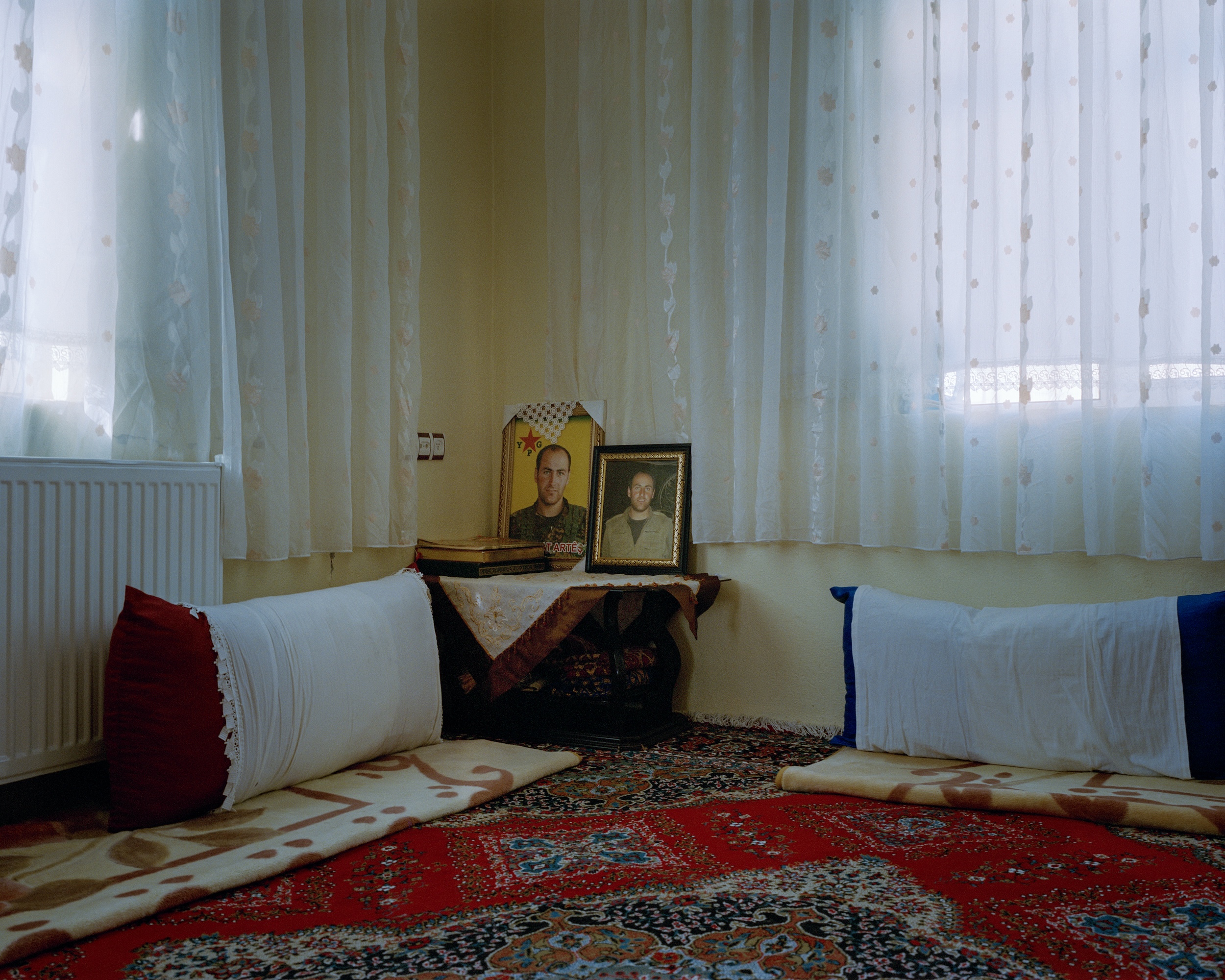Yuksekova, Kurdistan, 2015 © Miriam Stanke
Through the lens of 41 photographers, founder Romaisa Baddar’s new book offers an intimate, nuanced glimpse into domestic spaces throughout the region
In the West, interior design is dictated by an unwritten set of rules: colours, textures and fabrics must correlate, Feng Shui must guide the layout, every item must serve a purpose – the list goes on, but the key objective is to perfectly curate a cohesive, trendy living space. Stick to these rules though, and you may end up with a carbon copy of every other home in the country.
If you’ve ever stepped foot in a Middle Eastern or North African household, you’ll know that these rules don’t apply. Luxurious ornaments and unused crystal glassware juxtaposed with lived-in furniture, eclectic wall colours and plastic-covered remote controls are the norm. Living rooms are crafted with loved ones in mind, not rules. Full of memories, history and character, these homes often tell a story.
Middle East Archive’s latest book Living Rooms offers an intimate, nuanced glimpse into domestic spaces throughout the region. Romaisa Baddar founded the platform in 2020 as a space dedicated to preserving and presenting both archival and contemporary imagery – it documents the lived experiences of those across the Middle East, North Africa and their diaspora.
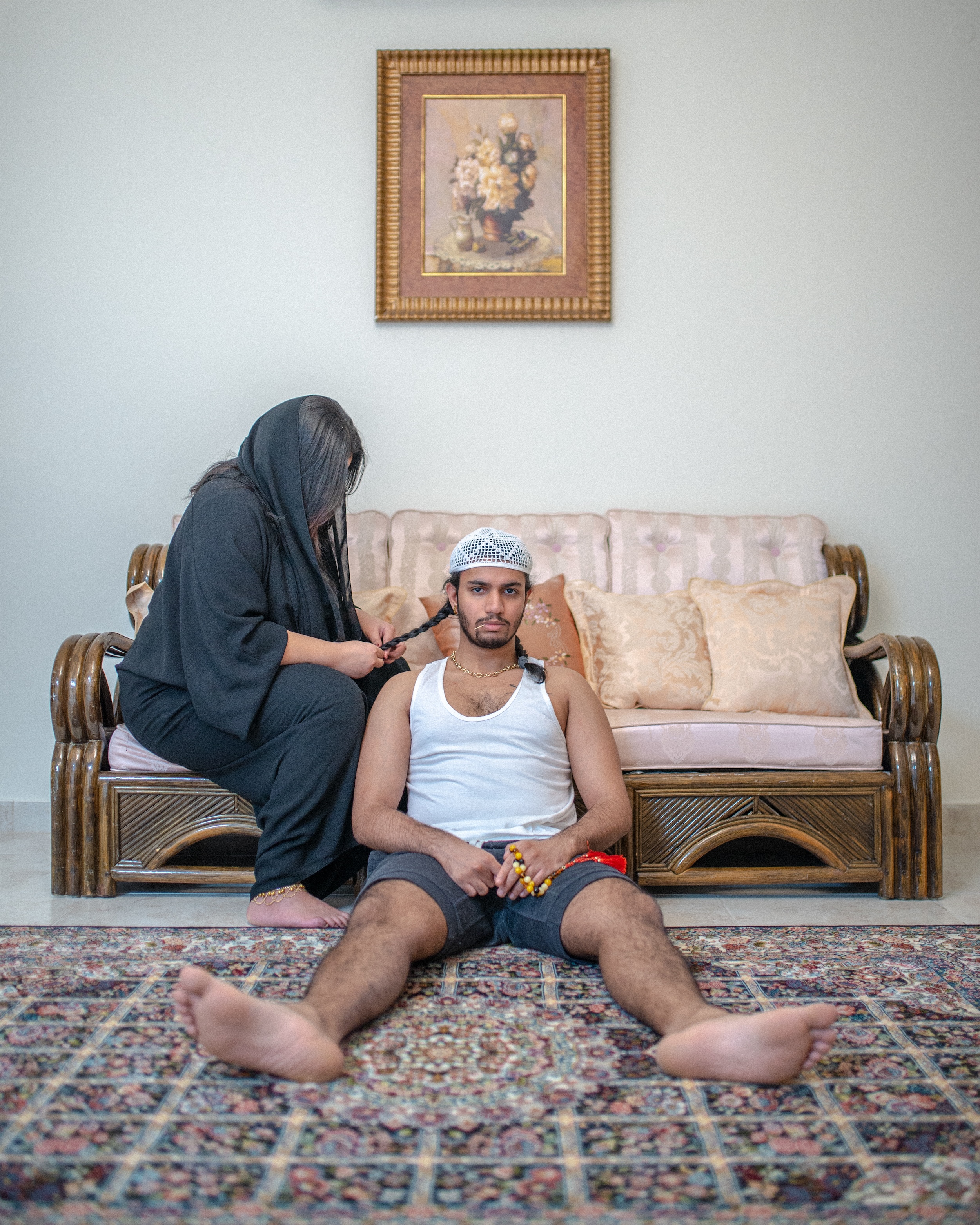
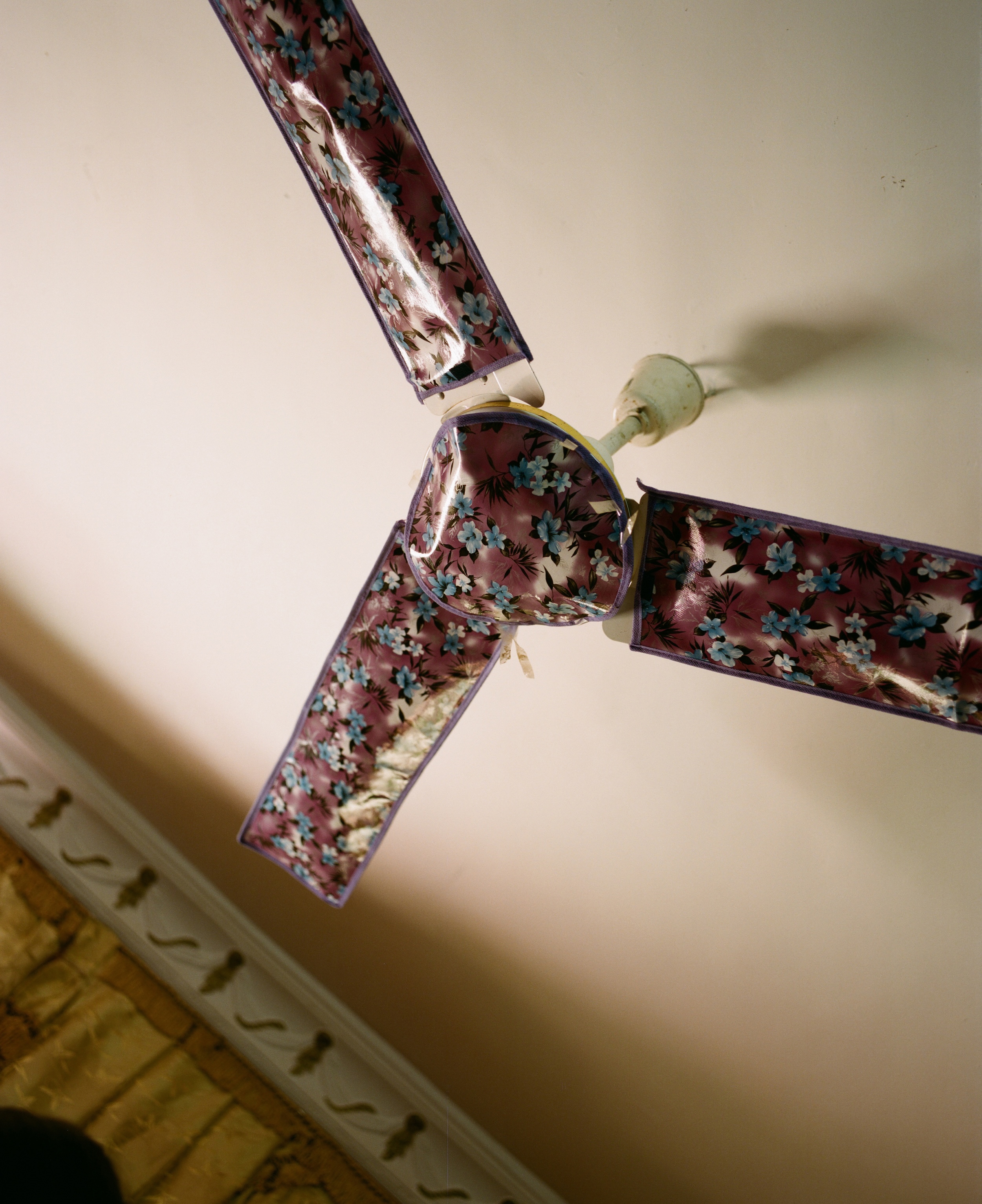
“I try to find pictures that convey the same emotion I get when I walk in to my aunt’s living room”
The opening image of Living Rooms – the publishing house’s latest book, made up of 41 photographers – is a woman peeking out of a window in Jeddah, Saudi Arabia. “I love the patterns of it,” Baddar comments. “That’s why I put it as the first photo. Everything blends so well.” The photographer’s name is missing from the page, but turn to the end and you’ll find a glossary of names beside each image. This one is by a British photographer, Olivia Arthur.
Baddar acknowledges the complexity of curating and sourcing visuals for each publication, noting that her concern isn’t necessarily who shot an image, but rather what the image depicts. In an attempt to assert that beauty still exists and that it’s not “just one big miserable shit hole,” as mainstream media might have it, she combines archival imagery with contemporary visuals – the latter captured mostly by independent photographers within the MENA region and its diaspora.
Born in Amsterdam, Baddar has never lived in Morocco, but refers to it as home through frequent family visits. “We always go to my aunt’s and the entire family sits in her living room,” she recalls. “I try to find pictures that convey the same emotion I get when I walk in. We just sit there and it’s so funny because some of them don’t want to go home, so we sit on the floor and they sleep on the couch. A few hours pass and we’re having dinner, and then a few more hours pass and it’s the call for prayer, so then we pray.”
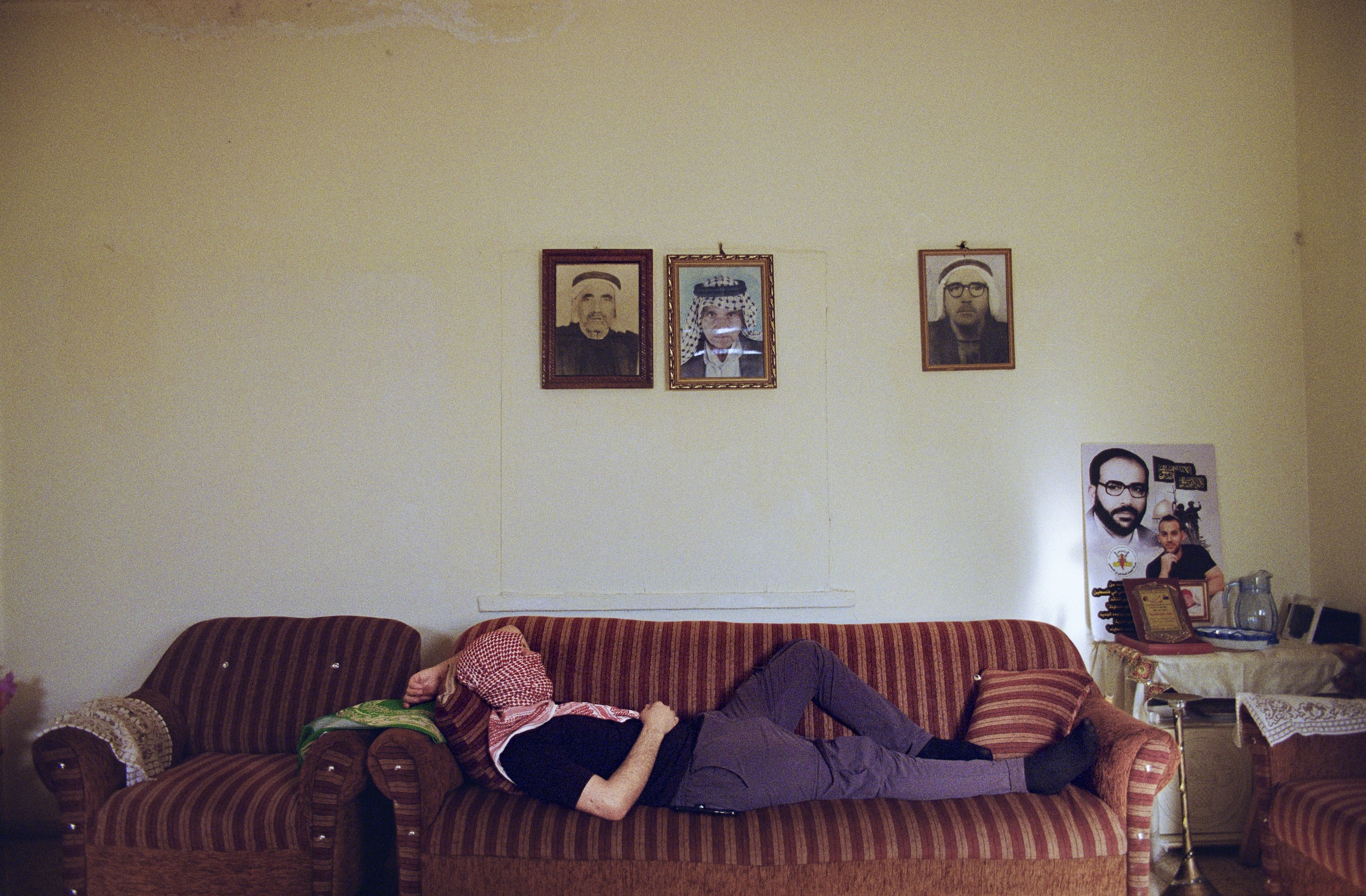
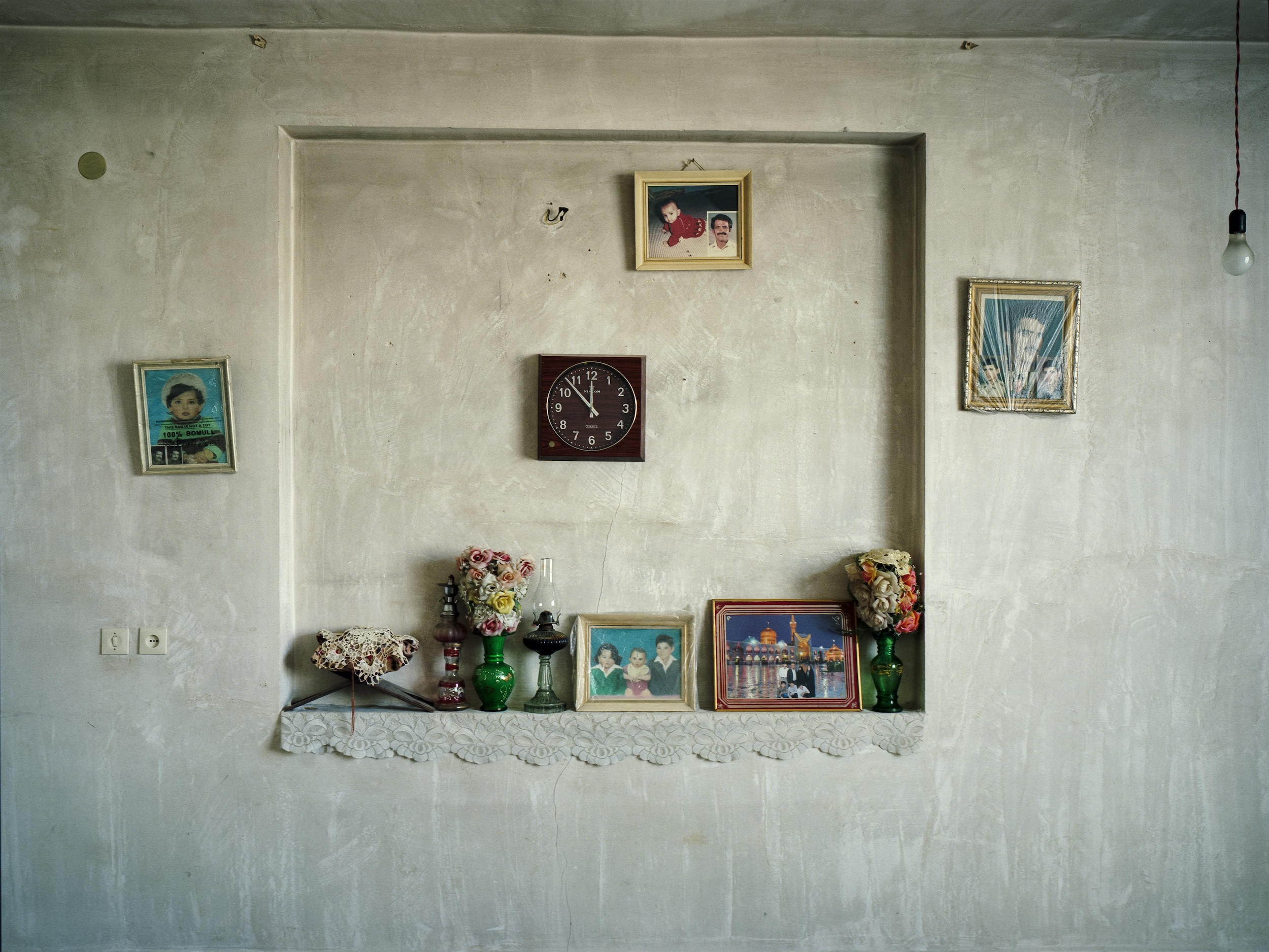
Flipping through the book, she shows me a double-page spread of a woman dancing amongst a group of people in Fez, 1984, captured by the late Morocco-born French photographer, Bruno Barbey. “This is seriously how it would look if all my aunties and cousins had dinner,” she smiles. “It doesn’t have to be a wedding or anything, but it will turn into this. I like it because it’s so close to home.”
Familiar experiences and the presence of loved ones are reflected throughout multiple images in Living Rooms, such as the work of Ali Al Shehabi and the late, renowned photographer Abbas. Bahrain-born Al Shehabi draws on nostalgia, storytelling and soft humour as inspiration for his practice. The book features a prominent image of his, where a man sits on the floor chewing a toothpick while a woman, presumed to be his mother, braids his hair – an image we don’t often see. Shot on the morning of Eid, it serves as a heartwarming reminder of the gestures of love that take place within the comfort of one’s home.
Abbas’ images also display gestures of love and simple moments of joy – a family sharing a meal together, a group of men celebrating. These images provide a contrasting narrative to the usual documentation of wars, revolutions and religion that he was so well known for.
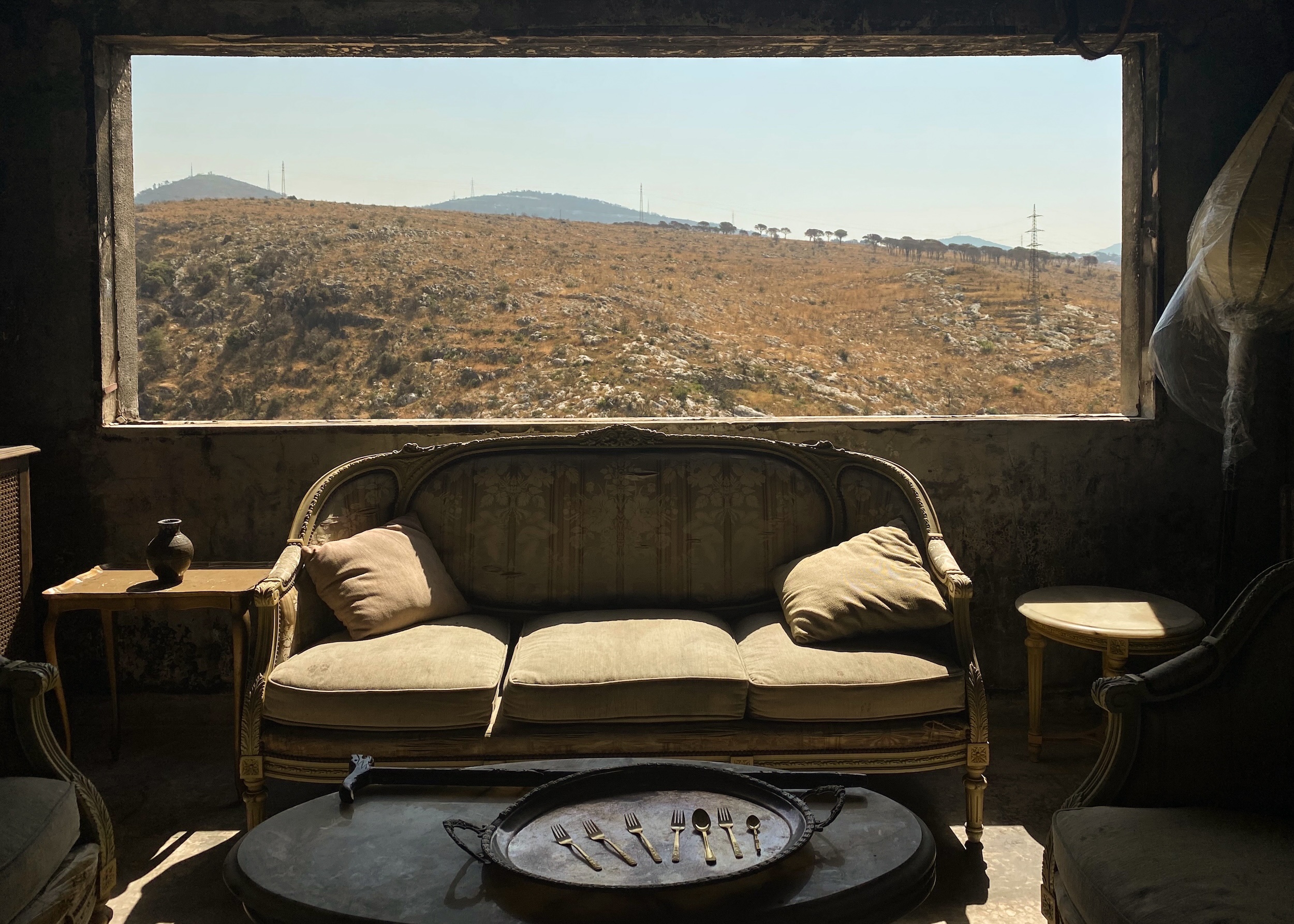
Baddar points out some photos by Miriam Stanke, a German documentary photographer whose work follows themes of identity, post-war trauma, religion, and the way history affects generations. One of her images shows a Kurdish mother, Fatma Timus, sitting in her living room in 2015 beneath a framed photo of her daughter. Traces of existence are a common thread amongst these images, often displayed with pride. Similar themes are found throughout the work of the Netherlands-based Palestinian photographer and director Sarkir Khader, also featured in the book. Much of Khader’s images are a raw documentation of the quotidian life experienced across the Middle East, particularly in Palestine.
The book closes with a double-page spread of a sofa against a window, overlooking a vast landscape. The image was captured in 2020 by Rita Kabalan, taken while looking at restored furniture from Arc En Ciel in Damour, Lebanon. The October 2019 wildfires had taken place a year prior to the photo being taken, giving rise to the revolution just days later.
Although Living Rooms invites us to consider an alternative notion to the typical death and destruction associated with the region, it recognises the complex reality of those that call it home. Some experience grief while others may not. Some may remain still in the aftermath of grief while others find warmth and joy. The photos in Living Rooms exist as an archive of history and memories that lie within the walls – walls that aren’t dictated by a set of rules.

